
Growing 1.5 hectares of tea, the family has only 2 husband and wife as the main workers, while the cost of hiring workers is up to 250,000-300,000 VND/day, so Ms. Vi Thi Xua in Tan Hop village, Ngoc Lam commune joined the labor exchange group established by the people in Tan Hop village. Accordingly, each group consists of 5-7 workers gathered together to operate voluntarily, ensuring the principle of mutual support and assistance and all parties benefit. During the tea harvest season, in rotation, whichever household is ready to cut tea, the members of the group will gather to help the householder cut tea, package tea, and transport tea to the foot of the hill.
Ms. Vi Thi Xua said: “In the past, each household harvested by themselves, and in order to keep up with the season, they had to hire workers. In the past two years, when labor costs increased and tea prices were unstable, to ensure profits, labor exchange groups were formed, with 1-2 people participating from each household. Accordingly, when it was a household’s turn to harvest, the whole group would help that family from cutting, picking, packing, and transporting, saving a large part of the cost.”

In addition, thanks to this connection and coordination, tea is harvested at the right time, in the right season, ensuring quality; at the same time, it creates convenience for factories to collect tea buds at the same time, saving travel costs. On the other hand, it limits the pressure of traders on prices.
In the traditional sugarcane growing area in Binh Son commune (Anh Son), the labor exchange group model has also been replicated in recent years. Long Tien hamlet has nearly 50 hectares of sugarcane. The characteristic of Binh Son land is that the fields are low and muddy, making it difficult to bring in machinery for production.

Mr. Nguyen Nam Anh - Head of Long Tien hamlet said: "To grow sugarcane, the smallest family has a few sao, the largest family has up to several hectares. There are machines for tilling the land and spraying pesticides, but the sugarcane leaf stripping step is completely manual, and harvesting sugarcane is during the rainy season so the muddy land cannot be used by machines. Harvesting sugarcane requires a large number of workers to keep up with the factory's farming schedule. Meanwhile, hiring workers is not easy. The labor exchange groups in Long Tien hamlet were born from that urgent need."
These labor exchange groups are actually households living in the same area, linked together into a group, many are 10-12 households, few are 5-7 households. When the factory has an "order" to harvest sugarcane, whichever household has the schedule first, the remaining households join hands and contribute to finish harvesting for that household, and so on, rotating from one household to another until all the sugarcane is gone.

“There is no fear of loss, whether the family has many or few, the number of working days will not change. My family can grow up to 3 hectares of sugarcane, while my neighbor’s family only has 1-2 sao but they will still work all season. The extra working days will be exchanged for other jobs, or converted into wages according to market prices,” said Nguyen Van Hoan, a member of the labor exchange group.
Ms. Lo Thi Thuy's family in Dong Thang village, Thach Ngan commune (Con Cuong) has 1 hectare of acacia. This year, the price of acacia fluctuates quite erratically. At the end of July, acacia prices tended to increase, with traders purchasing from 10 to 12 million VND/ton compared to only 9 to 10 million VND/ton before.
“Thanks to the labor exchange team working at full capacity, we were able to harvest quickly and sell acacia trees at a good price, increasing our income. In my family, my husband works far away, takes care of a 3-year-old child, raises cows and works in the fields with 1 hectare of acacia trees alone. Without the help of the labor exchange team, I would have had a hard time keeping up with the harvest and planting season,” said Ms. Thuy.

In the village alone, there are 6 inter-family groups, 2 of which have both inter-family group activities and "work exchange ward" activities. Each ward has 10-15 households participating, helping each other from organizing activities, building houses to agricultural production stages, harvesting agricultural products. "Here, people use labor to make profit, except for renting machinery to level or do large projects. The rest are using human power and the cooperation of neighbors. Work exchange groups and work exchange wards have been popular for many years in Dong Thang village and other villages of Thach Ngan commune", said Mr. Vi Van Bien - Head of the Fatherland Front Work Committee of Thach Ngan commune.
In the border commune of Hanh Dich in Que Phong district, the labor exchange groups not only play an important role in agricultural production, but also support women in providing community tourism services. Ms. Lo Thi Tien in Long Thang village said that she has participated in the labor exchange group of the village women's association for many years. Ms. Tien said that almost all women in Long Thang village participate in the labor exchange group, and during the peak community tourism season from April to July, they focus on serving tourists at 6 homestay locations.

All services at the homestay, from growing vegetables and raising chickens and pigs to cooking meals and performing folk dances and music for tourists, are handled by the women in the village through mutual aid groups. The rest of their time is spent helping each other with farming. In recent years, women's associations have implemented new farming models, such as growing peanuts and lotus on riverside land, and growing vegetables and corn in the winter, so the mutual aid groups have played a positive role in helping households keep up with the seasonal schedule.
The model of mutual labor exchange is becoming increasingly widespread in the community. Through this model, people support each other with labor, solving the problem of labor shortages in the locality while also contributing to reducing labor costs, thus increasing farmers' profits. This also helps to strengthen community bonds and neighborly relations.
Source




![[Photo] Explore the US Navy's USS Robert Smalls warship](/_next/image?url=https%3A%2F%2Fvphoto.vietnam.vn%2Fthumb%2F1200x675%2Fvietnam%2Fresource%2FIMAGE%2F2025%2F12%2F10%2F1765341533272_11212121-8303-jpg.webp&w=3840&q=75)

![[Photo] The captivating scenery of the fragrant maple forest in Quang Tri](/_next/image?url=https%3A%2F%2Fvphoto.vietnam.vn%2Fthumb%2F1200x675%2Fvietnam%2Fresource%2FIMAGE%2F2025%2F12%2F10%2F1765353233198_lan09046-jpg.webp&w=3840&q=75)



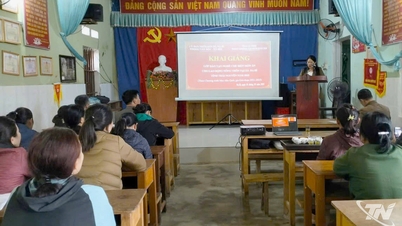

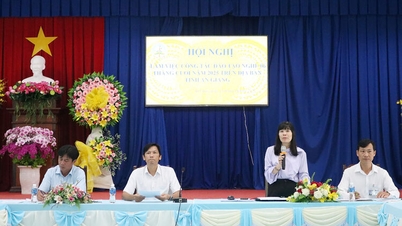

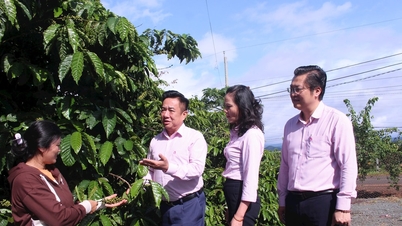



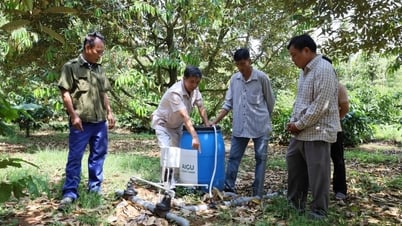



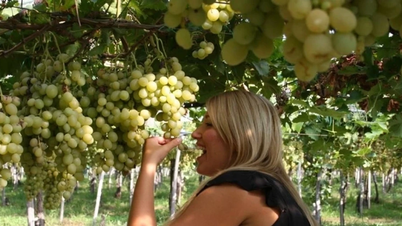
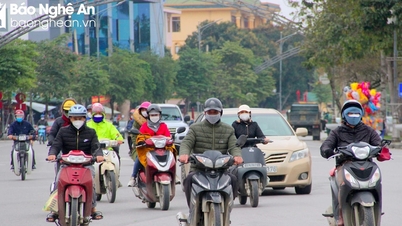
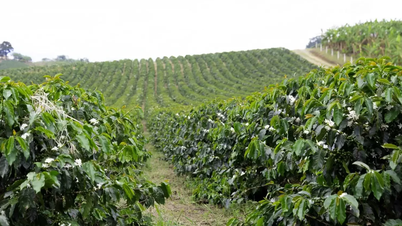
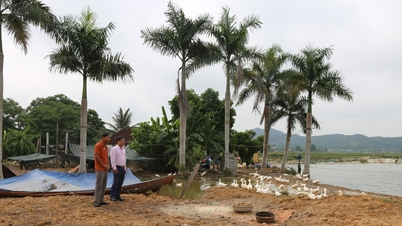





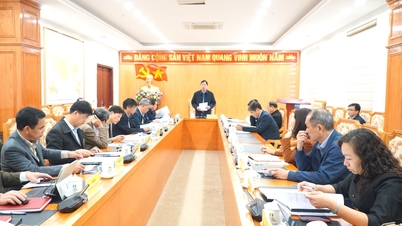

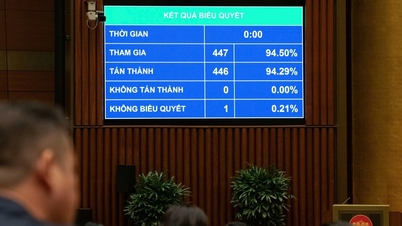
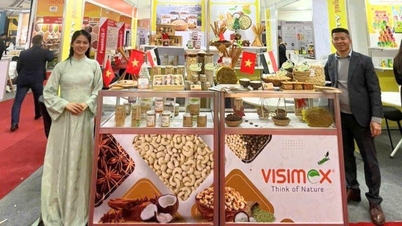
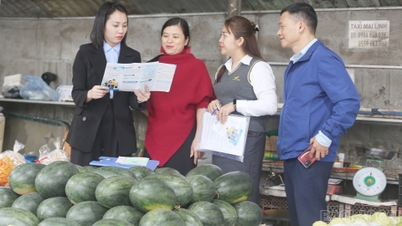






![[Video] The craft of making Dong Ho folk paintings has been inscribed by UNESCO on the List of Crafts in Need of Urgent Safeguarding.](https://vphoto.vietnam.vn/thumb/402x226/vietnam/resource/IMAGE/2025/12/10/1765350246533_tranh-dong-ho-734-jpg.webp)













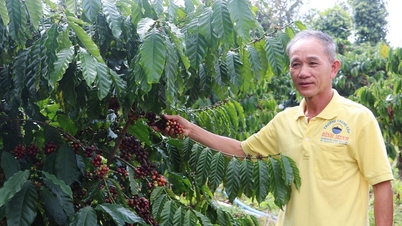























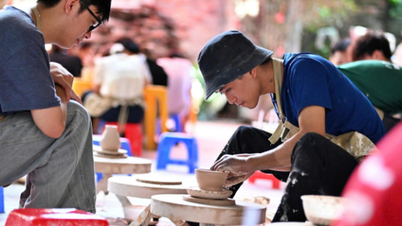












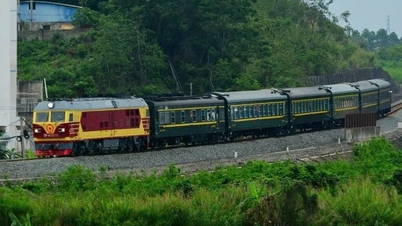






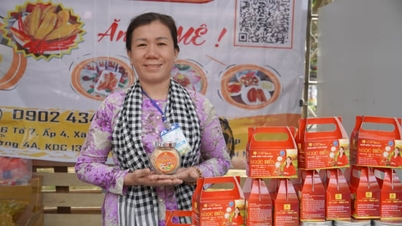

















Comment (0)